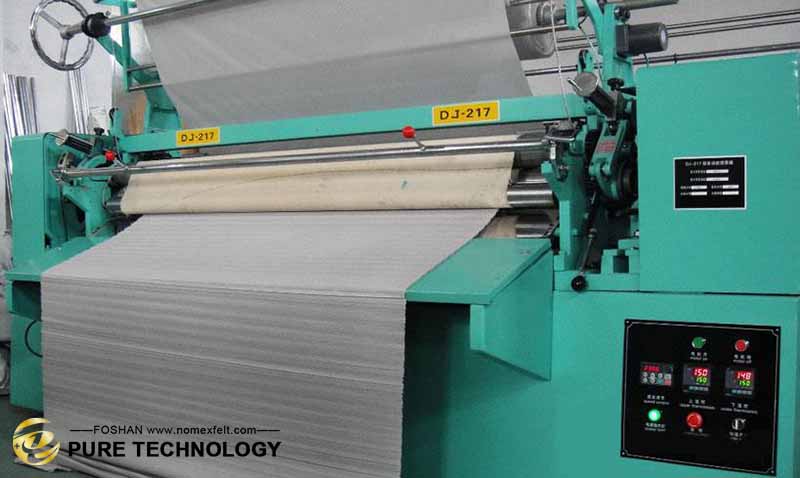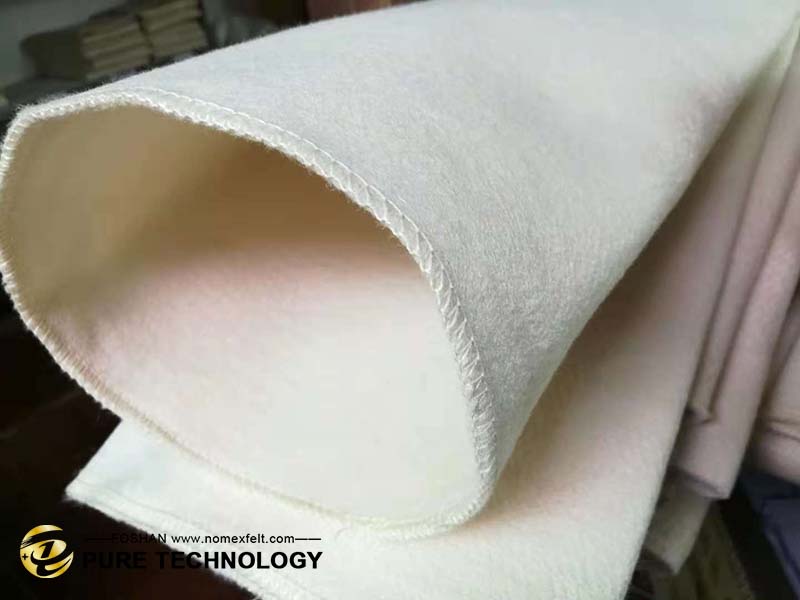A pleating machine is often used to create various shapes with varying concavities and convexities in shrinkage and tightness.
Pleating is a mechanical processing technique used by the textile industry to create a pleated effect on fabrics.
After heat setting, the elasticity of the fabric is greatly enhanced, the three-dimensional effect is more obvious, and the desired shrinkage effect is more special.
The fabric pleating machine can fold out various patterns and colorful materials.
The products are not only elegant and beautiful, but the pleating machine can increase the variety of daily necessities such as clothes, scarves, and quilts. And sheets that are usually idle.
And the styles are updated very quickly to meet the market’s requirements for pleating equipment perfectly.

Design diversity: Pleating machine technology can quickly and accurately produce various pleating effects on fabrics, greatly enriching designers’ creative space and enabling them to create unique textures and patterns.
Productivity: Automated pleating equipment technology significantly increases production speed and reduces manual operations, thereby improving overall production efficiency and reducing production costs.
Product functionality: By precisely controlling the shape and size of pleats, automatic pleating machine technology can improve the functionality of textiles, such as increasing their breathability, moisture absorption, and warmth.
Cross-border applications: The application of pleating technology is not limited to the clothing industry, but also extends to home decoration, medical supplies, industrial filtration, and other fields, opening up new market opportunities.
Pleating machine endless felt blanket: high-temperature resistance: 140-260℃, pleating machine spare parts in the textile industry.
Pleating felt is made of 100% Nomex and is used for pleating synthetic fibers.
The felt surface is soft and elastic, with good air permeability and thermal conductivity.
Pleated felt has no seams, a smooth thickness, no defects, bumps, or scales, and an extremely smooth surface.
The high-temperature-resistant felt material is 100% pure, does not contain any impurities, meets the heat-resistant temperature requirements, and has good wear resistance.

Seeing this, you may be curious: Why choose an endless felt rug? What are its advantages? Let’s explore what makes an endless felt rug unique and the benefits it brings.
Raw material supplier:
As the raw material for the automatic pleating equipment, the endless felt blanket is first fed into the machine for pleating.
Pleating and forming:
The pleating equipment uses specific molds and pressure to create the desired pleat effect on the carpet surface.
Heating and shaping:
During the pleating process, the felt blanket is heated by a heating element to help shape the pleats into a permanent, pleated shape.
Cooling and shaping:
After the pleats are formed, the felt is cooled through a cooling and shaping system to fix the pleat shape. This is where the endless felt rug needs to hold its shape and dissipate heat.
transport process:
In the pleating machine, the felt carpet continues to move forward via conveyor belts or rollers until the entire pleating process is completed.
Maintenance and care:
During the maintenance process of the pleating machine, endless felt carpets can be used to test its performance.
Increase productivity:
Through automated operation, the pleating equipment significantly improves the efficiency of pleating production and reduces the need for manual operations.
Thereby speeding up production and shortening the production cycle.
Ensure product quality:
Automated pleating technology can ensure that the pleat shape and size of each product are consistent, improving the stability and reliability of product quality.
Reduce manufacturing cost:
Reducing reliance on labor and improving production efficiency.
It will help reduce the production cost of unit products and enhance the market competitiveness of enterprises.
Enhance product diversity:
Fabric pleating machines can achieve complex pleat designs, providing textile products with more diverse textures and appearances to meet the needs of different consumers.
Pleating machine technology is the key for the textile industry to adapt to the rapidly changing market, enhance competitiveness, and achieve sustainable development.
Through continuous technological innovation, product innovation, and process innovation, the textile industry can open up new markets and enhance brand influence.
As we know, Heat Transfer Printing Felt is suitable for fabrics, decorative fabrics, curtains, le...
Read Safety Rules for Laundry Management to be a qualified manager. PARTⅠ Laundry room Safety Gen...
The extrusion machine is the leading equipment for the production of aluminum profiles. The quali...
Heat transfer printing is a contemporary printing process in the clothing market. It prints the p...
In the textile industry, felt is only a small part but important. About how to choose felt that i...
Foshan Pure Technology Company., Ltd. helps conveyor belt manufacturers source equipment to metal...
Nomex, an intermediate aramid, also known as aramid 1313. It is characterized by good heat resist...
In the 1960s, the Dupont developed a kind of aramid composite material, it is Kevlar. It has very...